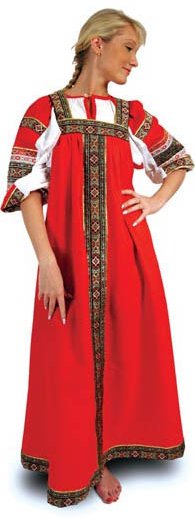Crimea and Russian History
It was called The Crimea for several ages. It has suffered a chequered history until the present day and was invaded dozens of times by different tribes and civilizations including the Greeks, Mongols, Huns, Goths, Bulgars, Ottoman Turks and Khazars. By the thirteenth century Crimea was controlled by the Genovese and the Venetians and then the Khanate, and the Ottomans until the eighteenth century. Then, during the reign of Catherine The Great it was annexed by the Russian Empire and remained part of Russia until the twentieth century. In 1954 Crimea was handed over to Ukraine by Nikita Khrushchev who was the Soviet leader at that time but Moscow was still in charge. After 1991 when the USSR collapsed, Crimea had been a part of Ukraine till March 2014. Now it is part of Russia again.
The population of Crimea is more than half Russian with about a third Ukrainian. Its history is steeped in a weird combination of influences, Russian first of all. Crimea was part of Russia for such a long time that even in the near past it was very like Russia compared to the rest of Ukraine. Although it was controlled by Ukraine from Kiev in 1991-2014, even then it was still more Russian then Ukrainian. When Ukrainians visited from other parts of the country and could hear only Russian speech everywhere, often they felt like strangers visiting their own country.
Crimea has always been a holiday spot for the Russians with its Russian style sanatoriums and large summer residences for the Tsars. It was an escape from the harsh winters and bleak climate not only for the Rulers and the elite residents of Russia but also for ordinary holiday makers who flocked to the shores of Crimea. Livadia Palace in Yalta was built by the last Russian Tsar Nicholas II as his summer residence and there was a path built along the cliff to Swallow's Nest, a castle perched on the cliffs. At a distance of around six kilometers it was designed for the tuberculosis prone family to exercise in the warmer climate. It is fairly flat with no steep sections that would require any extra exertion. Tourists visiting Crimea today can walk along the Tsar's Path and look over the city of Yalta along the way. The palace is extravagant with intricate decorative features in the rooms, ornate ceilings, decorative fireplaces and carved columns that can be seen everywhere. After the overthrow of the Romanovs, the palace was used by Russia's elite and top politicians for holidays. Another famous Palace in Crimea is the Vorontsov Palace in Alupka that was built for Russian General Mikhail Vorontsov. The Palace was built in 1830 with an English Tudor facade but the interior is an eclectic mix of various architectural styles including Byzantine, Slavic and French Baroque. This palace is even more lavish than Livadia and is reached by walking through a huge garden of exotic trees and plants. These historical landmarks help understand the historical and cultural role of Crimea that has deeply embedded itself into Russian history.


